New long-duration, extended capacity Na-Al battery design for grid storage
Green Car Congress
MARCH 2, 2023
The new battery design could help ease integration of renewable energy into the electrical grid at lower cost, using Earth-abundant metals, according to a study just published in Energy Storage Materials. h is achieved with an estimated raw active materials cost of $7.02 mAh cm −2 , a discharge duration of 28.2




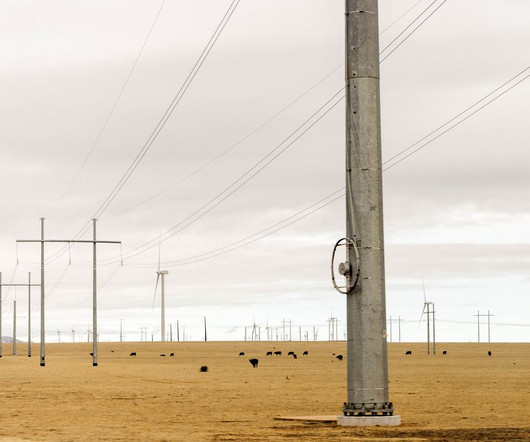


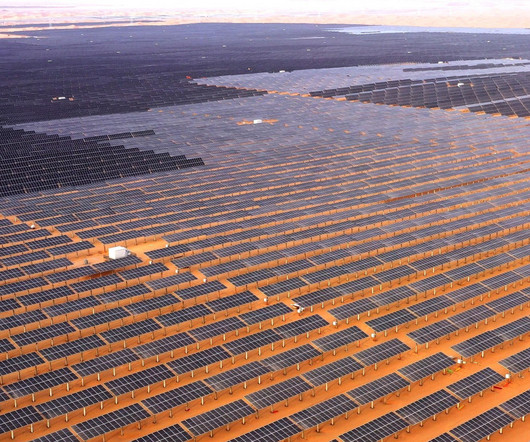



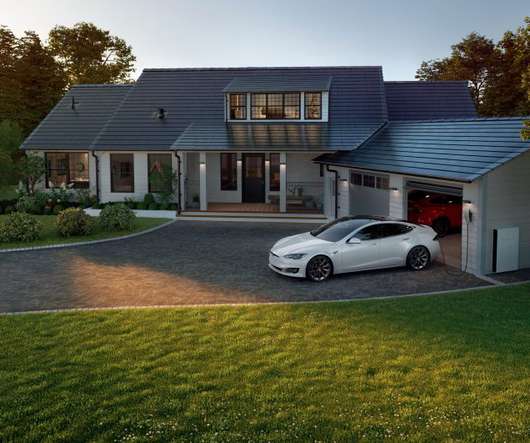

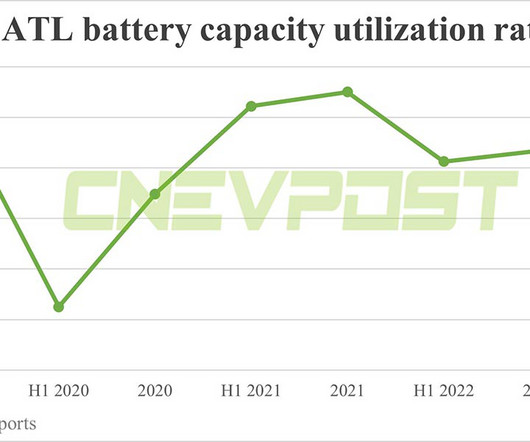


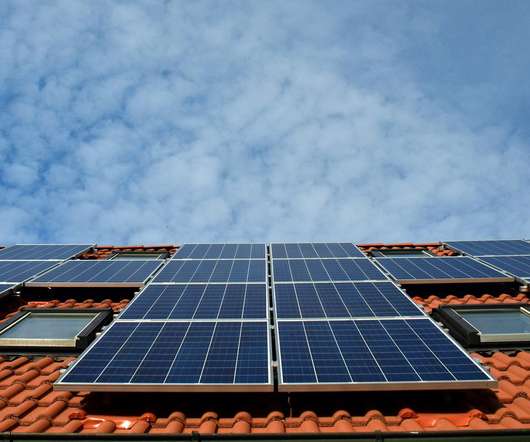



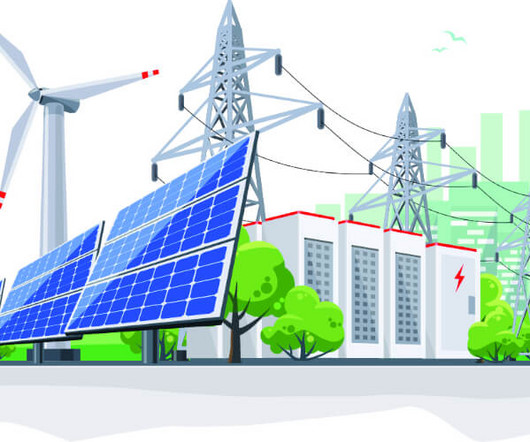







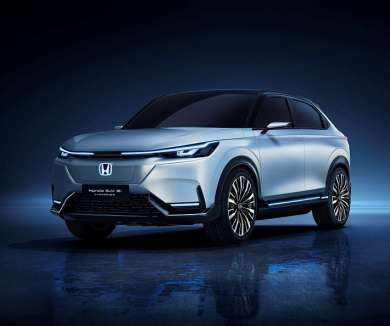
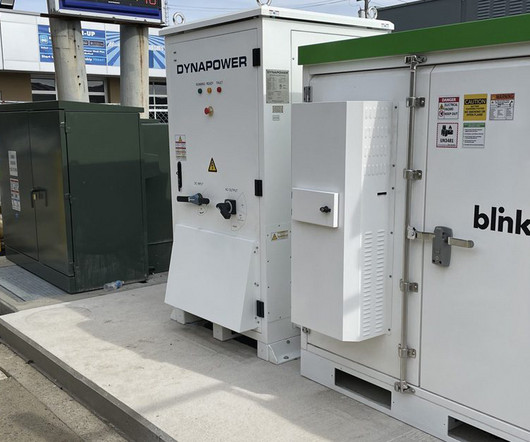



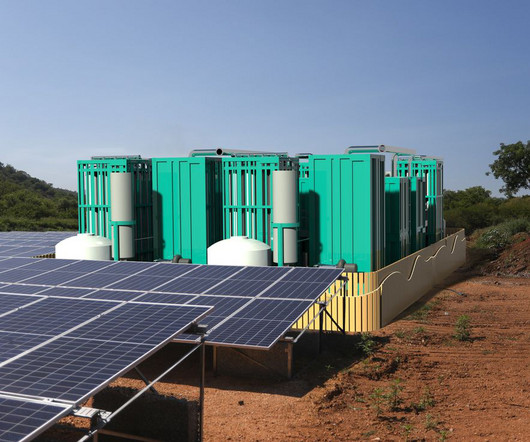



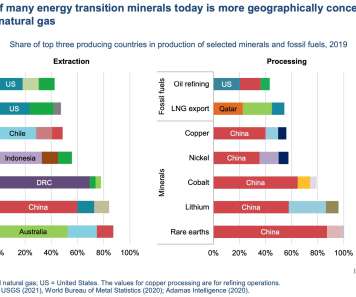








Let's personalize your content